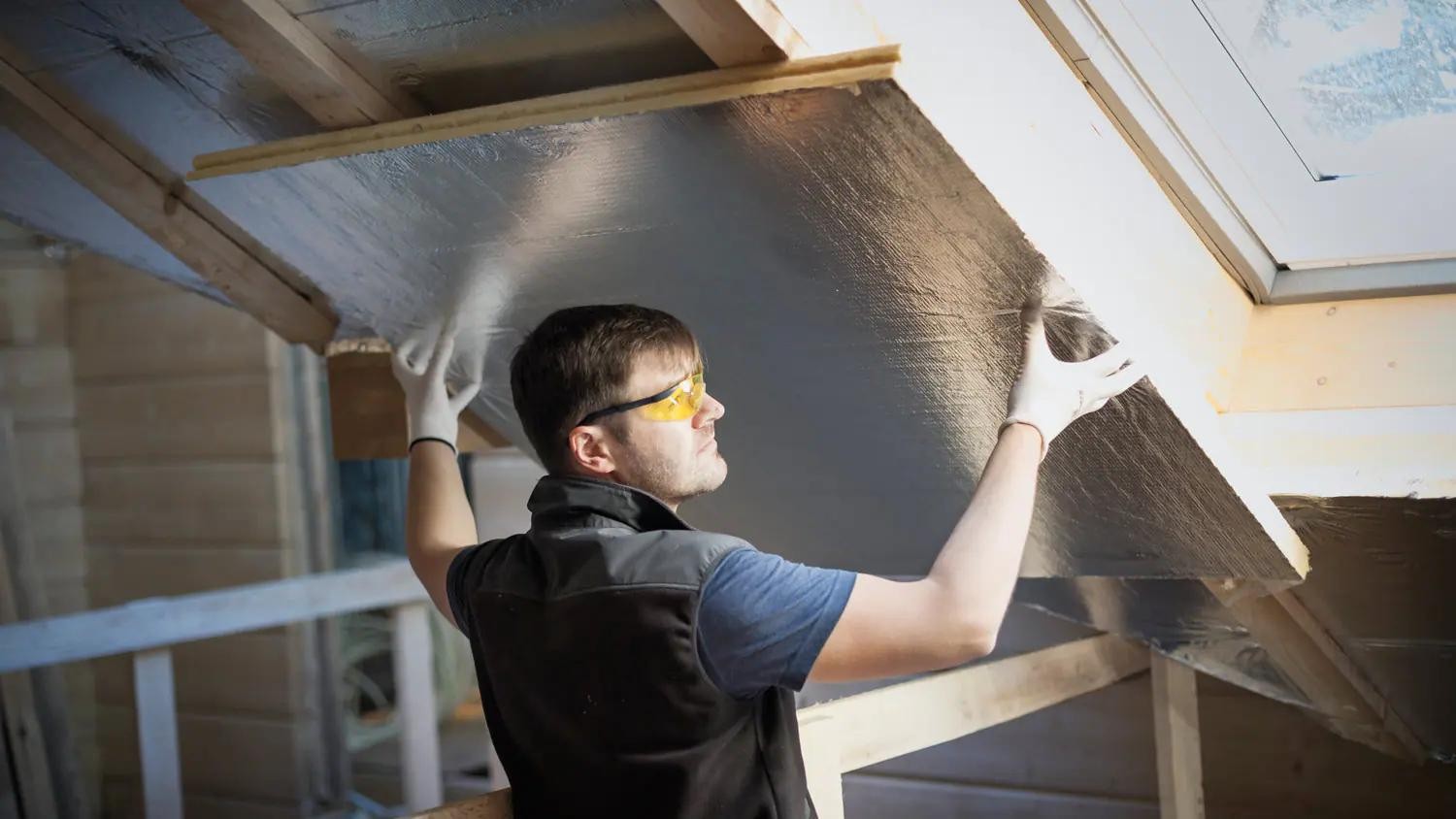

Articles
What Insulation Is The Best For Ceilings
Modified: January 8, 2024
Discover the best insulation options for ceilings in our informative articles. Enhance energy efficiency and comfort with the right choice of insulation.
(Many of the links in this article redirect to a specific reviewed product. Your purchase of these products through affiliate links helps to generate commission for Storables.com, at no extra cost. Learn more)
Introduction
When it comes to insulating ceilings, choosing the right type of insulation is crucial for maintaining a comfortable and energy-efficient home. Proper insulation helps to regulate indoor temperatures, reduce energy consumption, and minimize noise transmission. With a variety of insulation materials available on the market, it can be challenging to determine which one is the best for ceilings.
In this article, we will explore and compare the most popular types of insulation for ceilings. We will discuss the advantages and disadvantages of each material, along with their effectiveness in terms of thermal performance and soundproofing capabilities. By the end, you will have a clear understanding of the different options and be able to make an informed decision for your ceiling insulation needs.
Key Takeaways:
- Choose the best insulation for your ceiling based on your specific needs, budget, and climate conditions. Consider factors such as thermal performance, soundproofing capabilities, fire resistance, and moisture resistance to make an informed decision.
- Proper installation is crucial for maximizing the effectiveness of any insulation type. Whether you opt for fiberglass, cellulose, spray foam, rockwool, or reflective foil insulation, ensure correct installation to achieve desired insulation and energy-saving benefits for your home.
Fiberglass Insulation
Fiberglass insulation is one of the most commonly used types of insulation for ceilings. It is made of tiny glass fibers that are spun into a wool-like material. This type of insulation is available in batts or rolls, which are easy to install between ceiling joists or rafters. Fiberglass insulation is known for its affordability and excellent thermal performance.
One of the key advantages of fiberglass insulation is its ability to resist heat transfer. It works by trapping pockets of air between the fibers, which slows down the movement of heat. This helps to keep the indoor temperature stable and reduce the need for heating or cooling. Fiberglass insulation also has good sound absorption properties, making it effective for reducing noise transmission between floors.
However, there are some considerations to keep in mind when using fiberglass insulation for ceilings. Firstly, it is important to wear protective clothing, gloves, and a mask during installation, as the fibers can cause skin irritation and respiratory issues if inhaled. Additionally, proper installation is crucial to prevent gaps or compression, as these can significantly reduce the insulation’s effectiveness.
Fiberglass insulation also has a lower R-value per inch compared to some other types of insulation, such as spray foam. R-value measures the insulation’s thermal resistance, with a higher value indicating better insulation. However, this can be compensated by installing thicker layers of fiberglass insulation to achieve the desired R-value.
In summary, fiberglass insulation is a cost-effective option for ceiling insulation, offering good thermal performance and sound absorption. It is relatively easy to install, though precautions must be taken during the installation process. While it may have a lower R-value per inch, this can be overcome by installing thicker layers. Fiberglass insulation is a popular choice for homeowners looking for an affordable and effective solution for ceiling insulation.
Cellulose Insulation
Cellulose insulation is another popular choice for ceiling insulation. It is made from recycled materials such as newspaper and cardboard, which are treated with fire retardants to enhance safety. Cellulose insulation is available in loose-fill form, and it can be blown into place using special equipment or installed manually.
One of the primary advantages of cellulose insulation is its excellent thermal performance. It has a high R-value, which means it provides effective insulation and helps to retain indoor heat during the colder months. Cellulose insulation is also known for its superior soundproofing capabilities, making it an ideal choice for reducing noise transmission between floors.
Cellulose insulation is also considered environmentally friendly because it is made from recycled materials. It helps reduce waste and minimize the carbon footprint associated with insulation manufacturing. Additionally, cellulose insulation is treated with fire retardants, making it highly resistant to combustion and enhancing the safety of your home.
However, there are a few considerations to keep in mind with cellulose insulation. Due to its loose-fill nature, it may require professional installation to ensure even coverage and proper density. This is important for preventing settling or shifting of the insulation over time, which could affect its thermal performance.
Furthermore, cellulose insulation is more prone to moisture absorption compared to other types of insulation. While it has the ability to absorb and release moisture without losing its insulating properties, proper ventilation and moisture control measures must be in place to prevent issues like mold or rot.
In summary, cellulose insulation is a sustainable choice for ceiling insulation, offering excellent thermal performance and soundproofing capabilities. It is made from recycled materials and treated with fire retardants for enhanced safety. While professional installation may be necessary for optimal results, cellulose insulation provides homeowners with an eco-friendly and effective solution for ceiling insulation.
Spray Foam Insulation
Spray foam insulation is a highly effective and versatile option for ceiling insulation. It is made by mixing two chemical components, which combine to create a foam that expands and hardens upon application. Spray foam insulation is typically installed by professionals using specialized equipment.
One of the main advantages of spray foam insulation is its exceptional thermal performance. It forms a seamless and airtight barrier that fills gaps and cracks in the ceiling, preventing heat transfer and maintaining consistent indoor temperatures. Spray foam insulation has a high R-value, offering superior insulation compared to other materials.
In addition to thermal insulation, spray foam also provides excellent air sealing properties. It helps to minimize air leakage, which can significantly reduce energy loss and improve energy efficiency in your home. This airtight seal also helps to keep out dust, allergens, and pests, resulting in improved indoor air quality.
Another benefit of spray foam insulation is its ability to adhere to any surface, regardless of shape or size. This makes it suitable for insulating irregularly shaped ceilings or areas with complex architectural features. The foam expands to fill even the tiniest crevices, providing a complete thermal barrier.
However, there are a few considerations to keep in mind when opting for spray foam insulation. Firstly, it requires professional installation due to the specialized equipment and knowledge required. Improper application can lead to issues such as incomplete coverage or over-expansion, which can affect its performance.
Another consideration is that spray foam insulation is more expensive compared to other insulation options. The cost of materials and professional installation can be higher, but it is important to consider the long-term energy savings and increased home value that spray foam insulation can provide.
In summary, spray foam insulation is a highly effective option for ceiling insulation, offering excellent thermal performance and air sealing properties. It provides an airtight barrier that helps to reduce energy loss and improve indoor air quality. While professional installation and higher cost are factors to consider, spray foam insulation is a valuable investment for homeowners seeking optimal insulation and energy efficiency.
When choosing insulation for ceilings, consider factors such as R-value, material, and installation method. Fiberglass and spray foam are popular options for their effectiveness in reducing heat transfer. Conduct thorough research and consult with a professional to determine the best insulation for your specific needs.
Rockwool Insulation
Rockwool insulation, also known as mineral wool insulation, is a versatile and durable option for ceiling insulation. It is made from natural rock materials, such as basalt or diabase, that are melted and spun into fibers. The fibers are then formed into batts, rolls, or loose-fill insulation.
One of the primary advantages of rockwool insulation is its excellent fire resistance. It has a high melting point and is non-combustible, making it a safe choice for ceiling insulation. Rockwool insulation also has good thermal insulating properties, helping to maintain comfortable indoor temperatures and reduce energy consumption.
In addition to its fire resistance and thermal performance, rockwool insulation also offers soundproofing benefits. The dense fibers create a barrier that absorbs sound waves, reducing noise transmission between floors and rooms. This can be particularly beneficial in multi-story homes or areas where noise control is a priority.
Another advantage of rockwool insulation is its resistance to moisture and water. It does not absorb or retain moisture, which helps to prevent issues like mold, mildew, and rot. This makes it suitable for humid environments or areas prone to moisture intrusion.
However, there are a few considerations to keep in mind with rockwool insulation. Firstly, it can be slightly more expensive compared to other types of insulation. The higher cost is due to the manufacturing process and the quality of the material. However, the long-term benefits in terms of safety, thermal performance, and soundproofing may outweigh the initial investment.
Furthermore, rockwool insulation can be denser and heavier compared to other insulation materials, making installation a bit more challenging. The weight of the insulation may require additional support or modifications to the ceiling structure, depending on the specific circumstances.
In summary, rockwool insulation is a durable and fire-resistant option for ceiling insulation. It provides excellent thermal performance, soundproofing capabilities, and resistance to moisture. While it may have a higher initial cost and require careful installation, rockwool insulation is a reliable choice for homeowners seeking a safe and effective insulation solution.
Read more: What Type Of Insulation For Ceiling
Reflective Foil Insulation
Reflective foil insulation, also known as radiant barrier insulation, is a unique type of insulation that utilizes reflective materials to reduce heat transfer. It is typically made of aluminum foil laminated with other materials such as plastic or cardboard. Reflective foil insulation is often used in hot climates or in homes with radiant heating systems.
One of the main advantages of reflective foil insulation is its ability to reflect radiant heat. The reflective surface of the foil reflects radiant heat away from the ceiling, helping to keep the indoor space cooler during hot weather. This can result in energy savings by reducing the need for air conditioning or other cooling systems.
In addition to its heat reflecting properties, reflective foil insulation also has some limited thermal insulation capabilities. It can help to reduce heat loss during the colder months by providing a barrier against temperature differences. However, it is important to note that its main effectiveness lies in reflecting radiant heat rather than providing traditional thermal insulation.
Reflective foil insulation is relatively easy to install, as it usually comes in rolls or sheets that can be attached to the underside of the ceiling or roof. The lightweight nature of the material makes it convenient for DIY installations. However, proper installation is important to ensure that there are no gaps or tears that could compromise its effectiveness.
It is worth mentioning that reflective foil insulation is most effective in hot and sunny climates, where the majority of heat transfer occurs through radiant heat. In colder climates, additional traditional insulation may be required to provide adequate thermal insulation and prevent heat loss.
While reflective foil insulation offers benefits in terms of heat reflection and potential energy savings, it is not as effective in soundproofing as other types of insulation. If noise reduction is a priority, additional measures such as using soundproofing materials or insulation with soundproofing properties may be necessary.
In summary, reflective foil insulation is a specialized option for ceiling insulation, primarily used for heat reflection. It can help to keep indoor spaces cooler in hot climates and potentially reduce energy consumption. While it is easy to install and offers some thermal insulation benefits, it may not be as effective in soundproofing and is most suitable for regions with high levels of radiant heat.
Conclusion
When it comes to choosing the best insulation for ceilings, several factors need to be considered. Each type of insulation has its advantages and disadvantages, and the choice ultimately depends on your specific needs, budget, and climate conditions.
Fiberglass insulation is a cost-effective option that offers good thermal performance and sound absorption. It is easy to install, although precautions must be taken during the installation process. Cellulose insulation is a sustainable choice made from recycled materials. It provides excellent thermal performance and soundproofing capabilities, but professional installation may be required for optimal results.
Spray foam insulation is highly effective in providing a complete thermal barrier and air sealing properties. While it may require professional installation and a higher initial cost, it offers superior insulation performance. Rockwool insulation is a durable and fire-resistant option that also provides excellent soundproofing benefits. It is resistant to moisture and can be ideal for humid environments.
Reflective foil insulation reflects radiant heat and can be effective in hot climates, reducing the need for cooling systems. However, additional insulation may be required for thermal insulation in colder climates.
In conclusion, there is no one-size-fits-all solution when it comes to choosing the best insulation for ceilings. It is important to consider factors such as thermal performance, soundproofing capabilities, fire resistance, moisture resistance, and your specific climate conditions. Consulting with a professional insulation provider can help you make an informed decision based on your unique requirements and budget.
Remember, proper installation is key to maximizing the effectiveness of any insulation type. Whether you choose fiberglass, cellulose, spray foam, rockwool, or reflective foil insulation, ensure that it is installed correctly to achieve the desired insulation and energy-saving benefits for your home.
Frequently Asked Questions about What Insulation Is The Best For Ceilings
Was this page helpful?
At Storables.com, we guarantee accurate and reliable information. Our content, validated by Expert Board Contributors, is crafted following stringent Editorial Policies. We're committed to providing you with well-researched, expert-backed insights for all your informational needs.
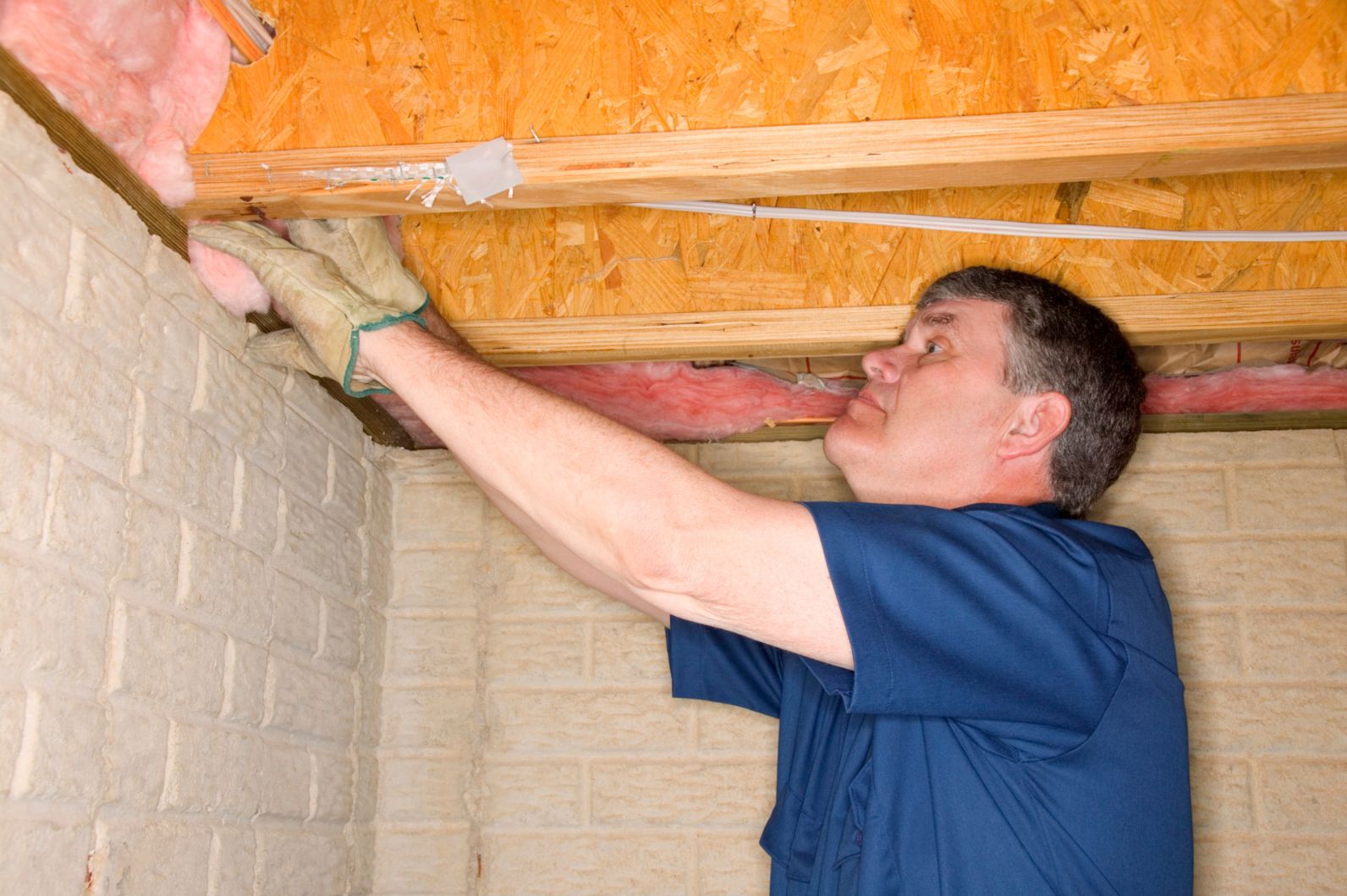
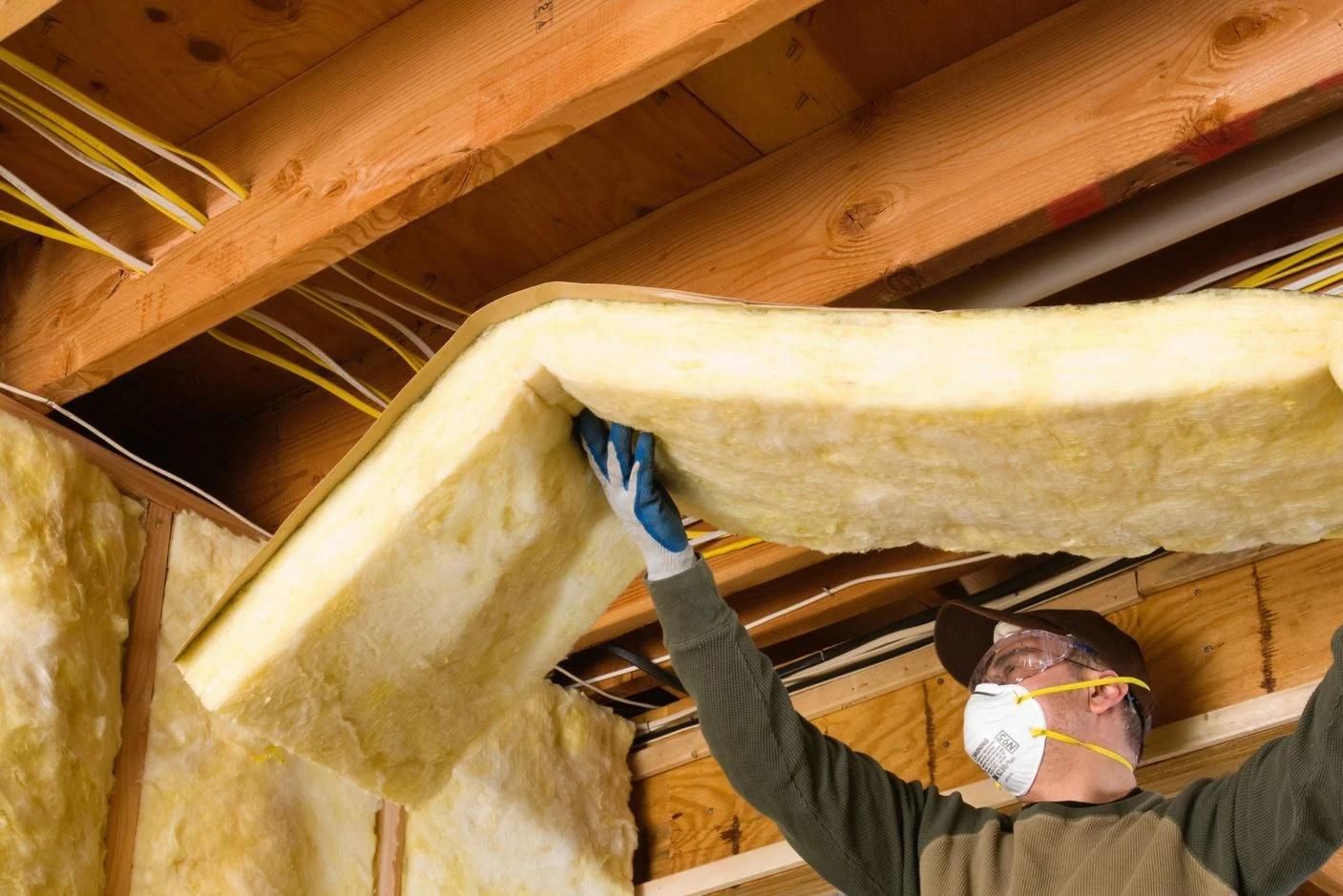
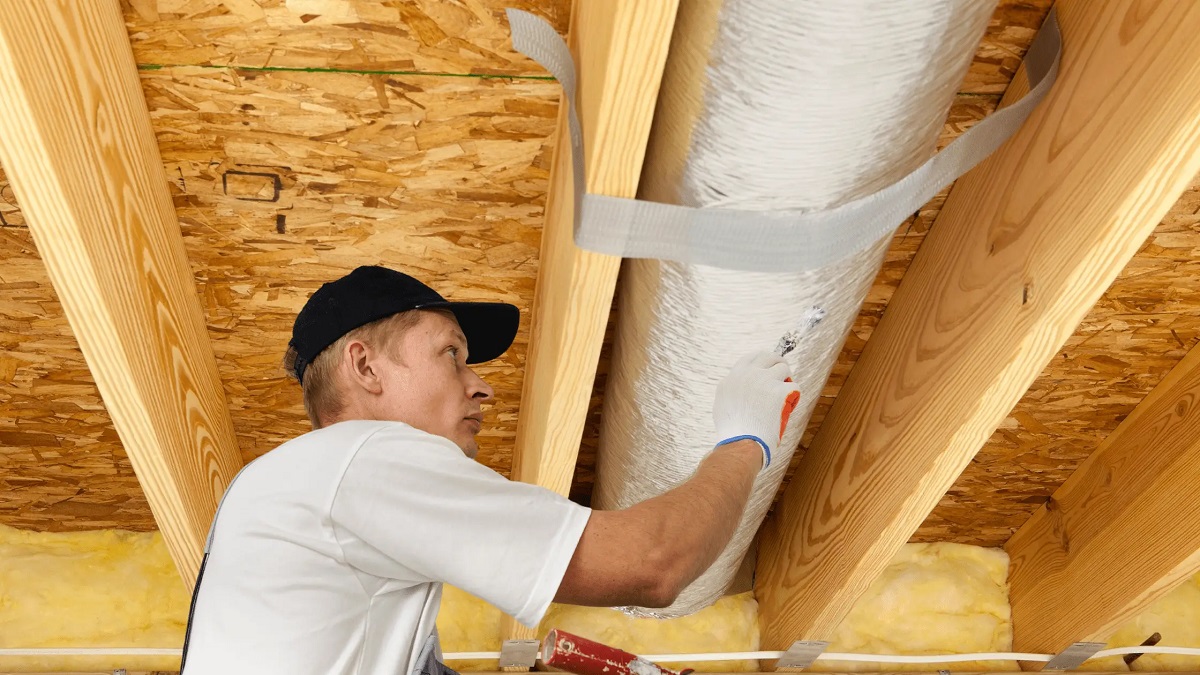
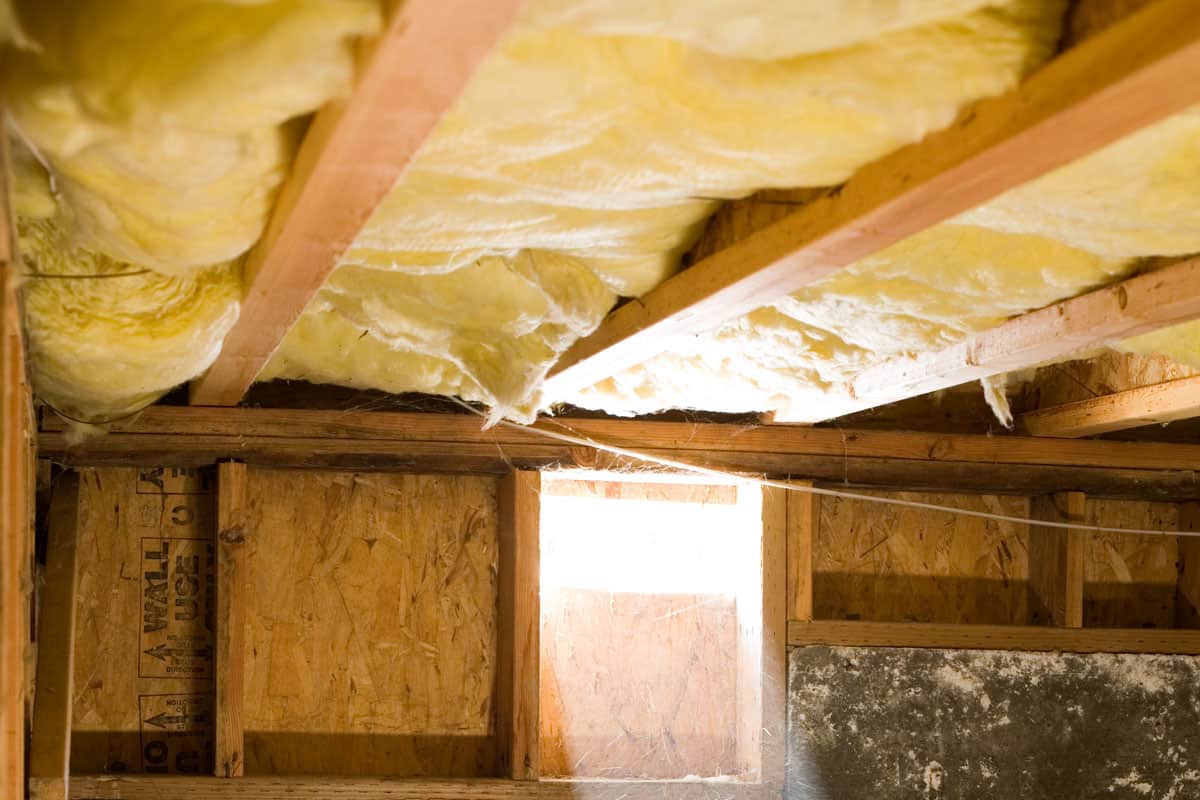
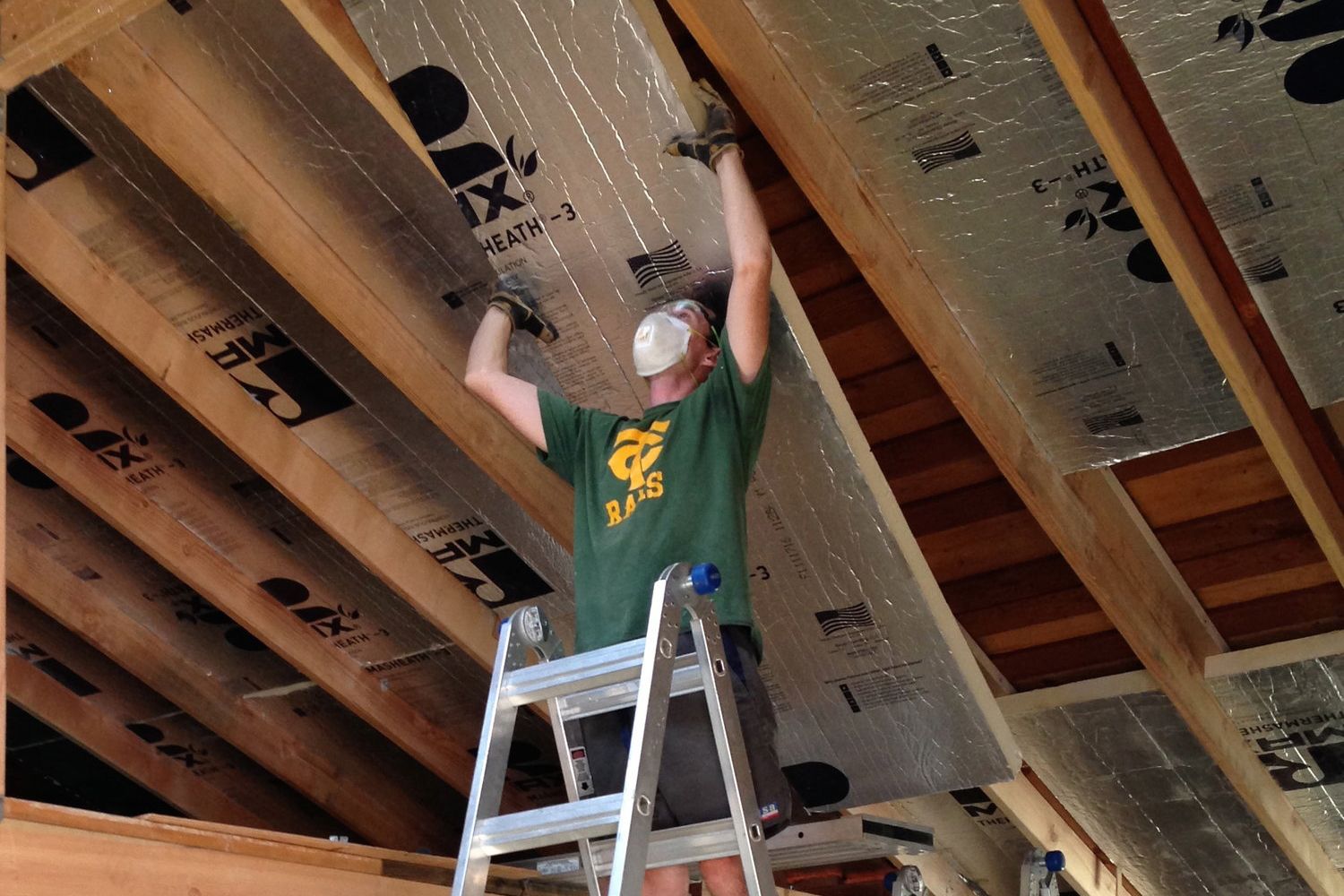
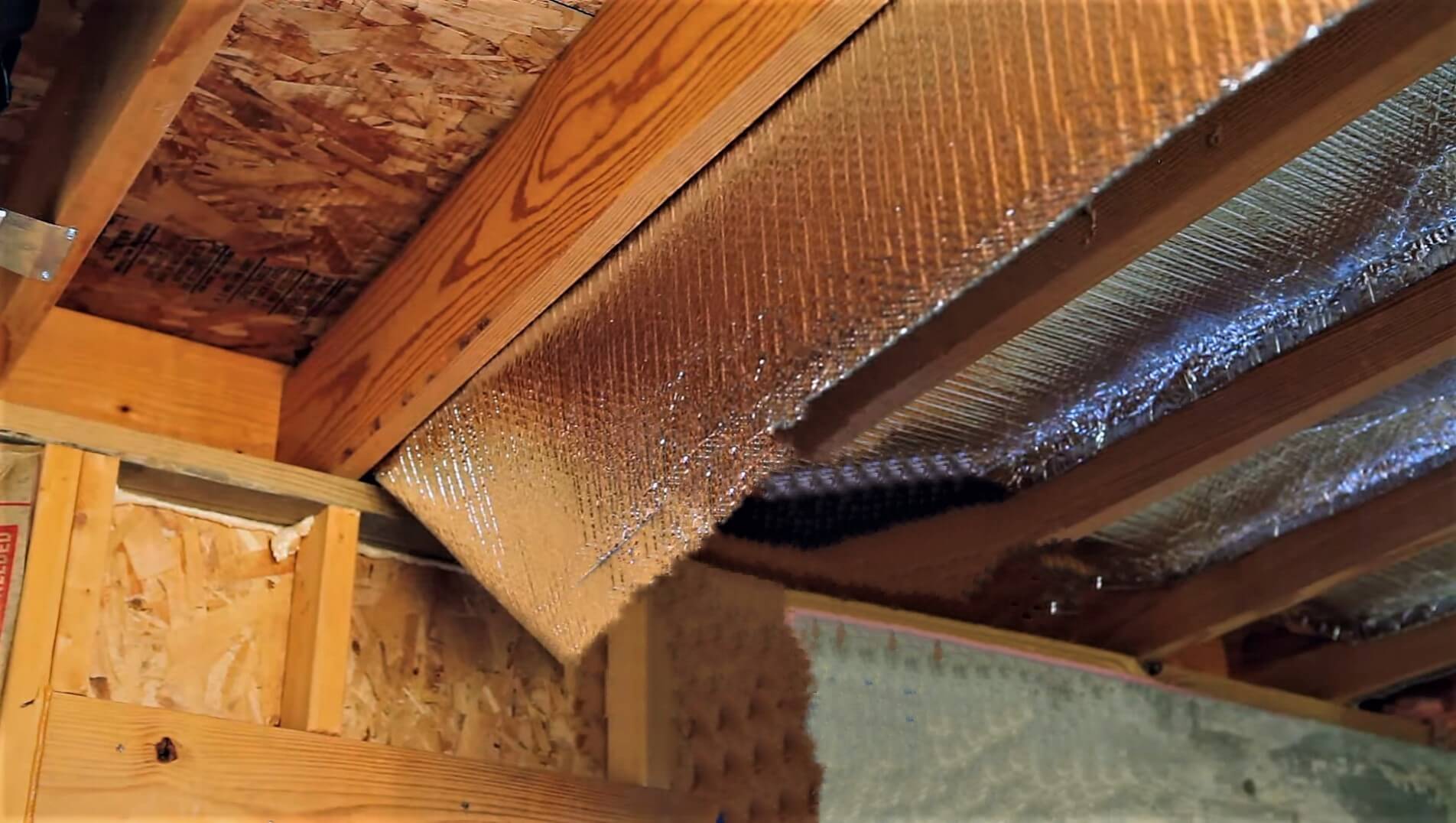
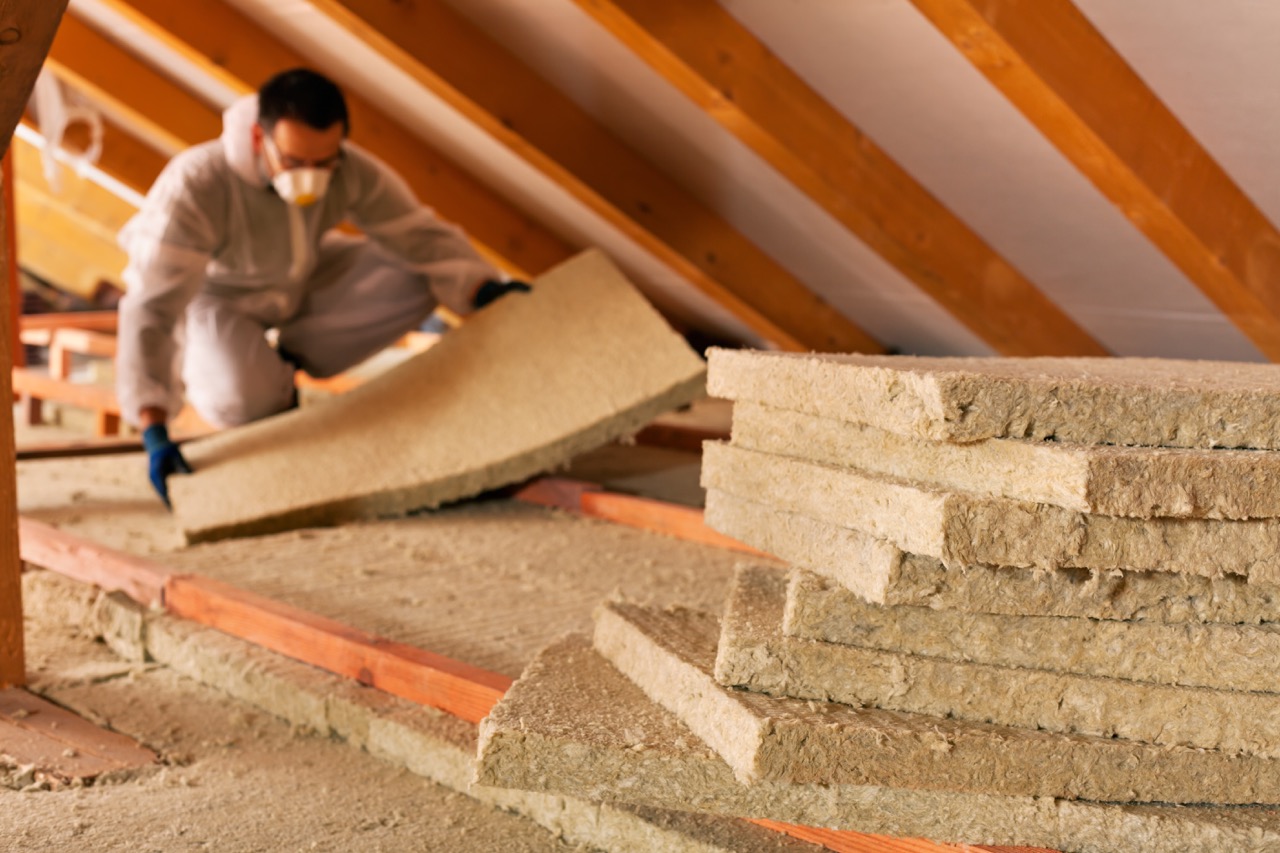
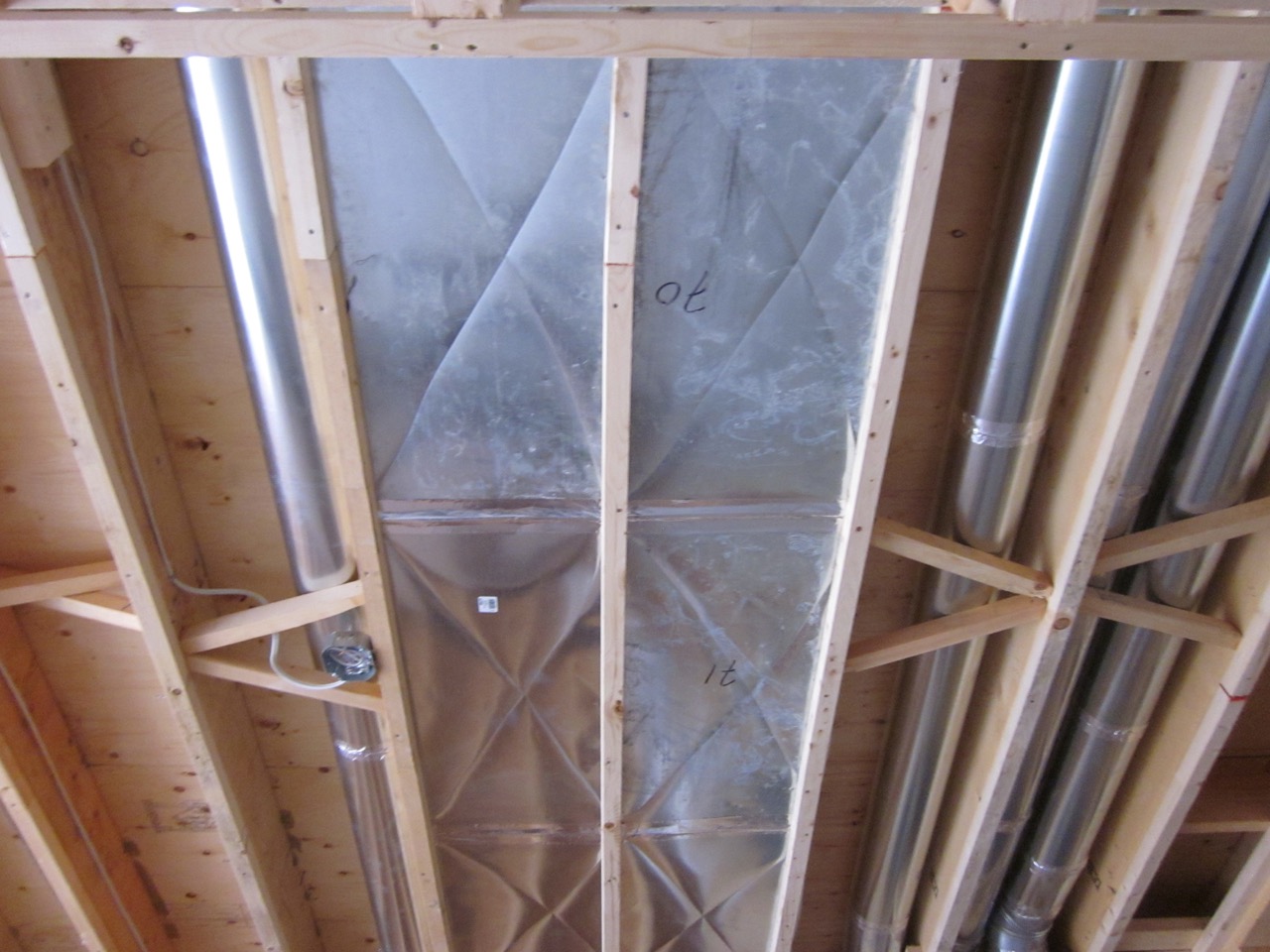
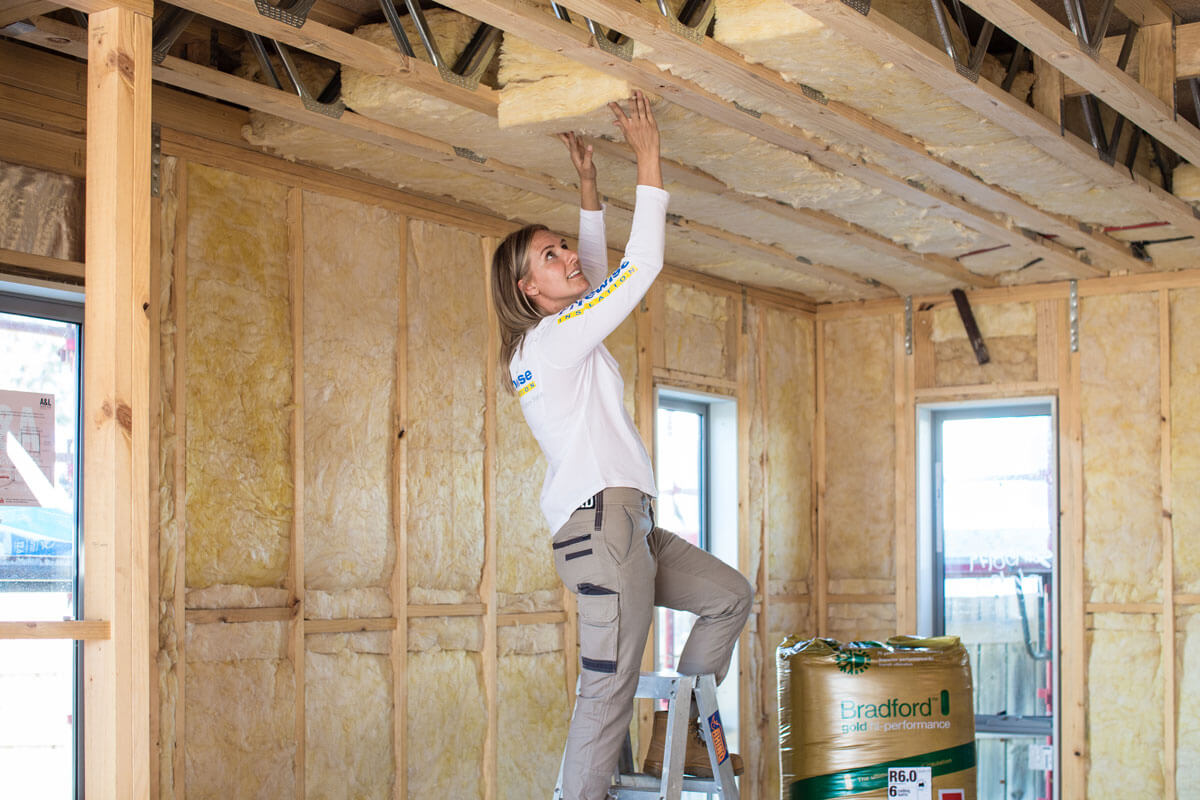
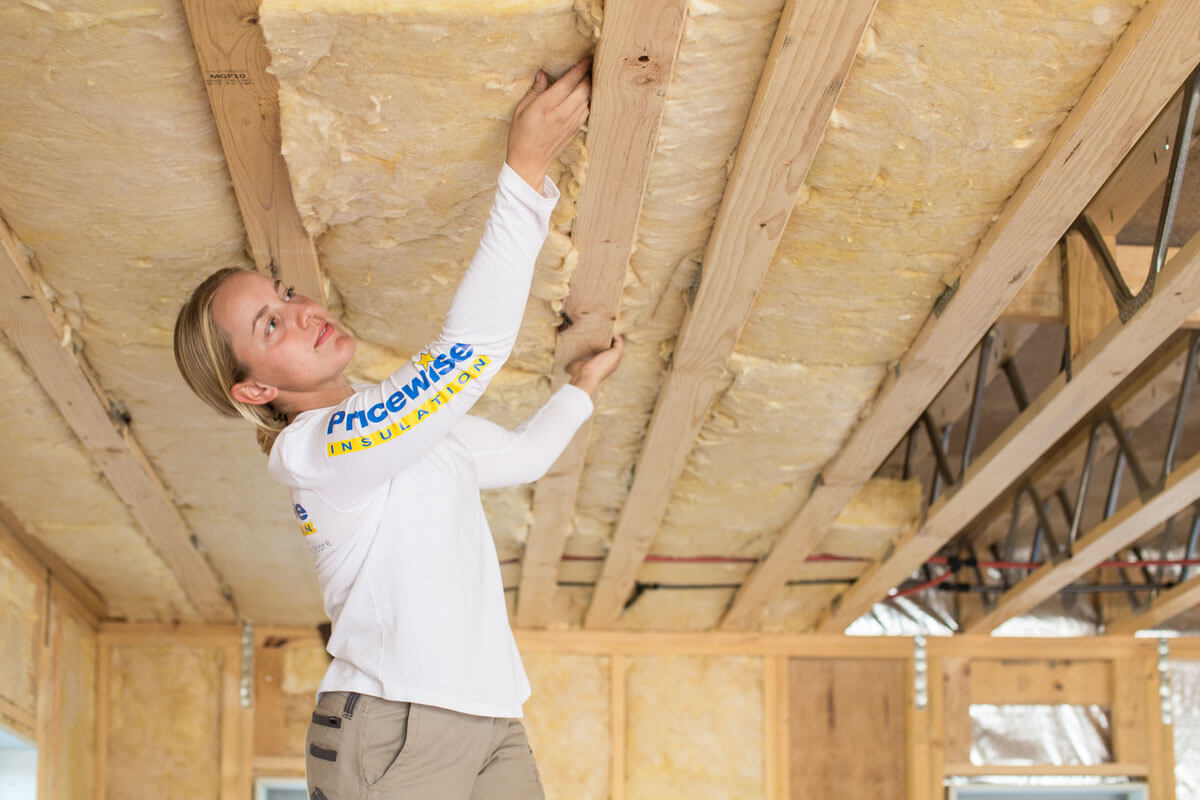
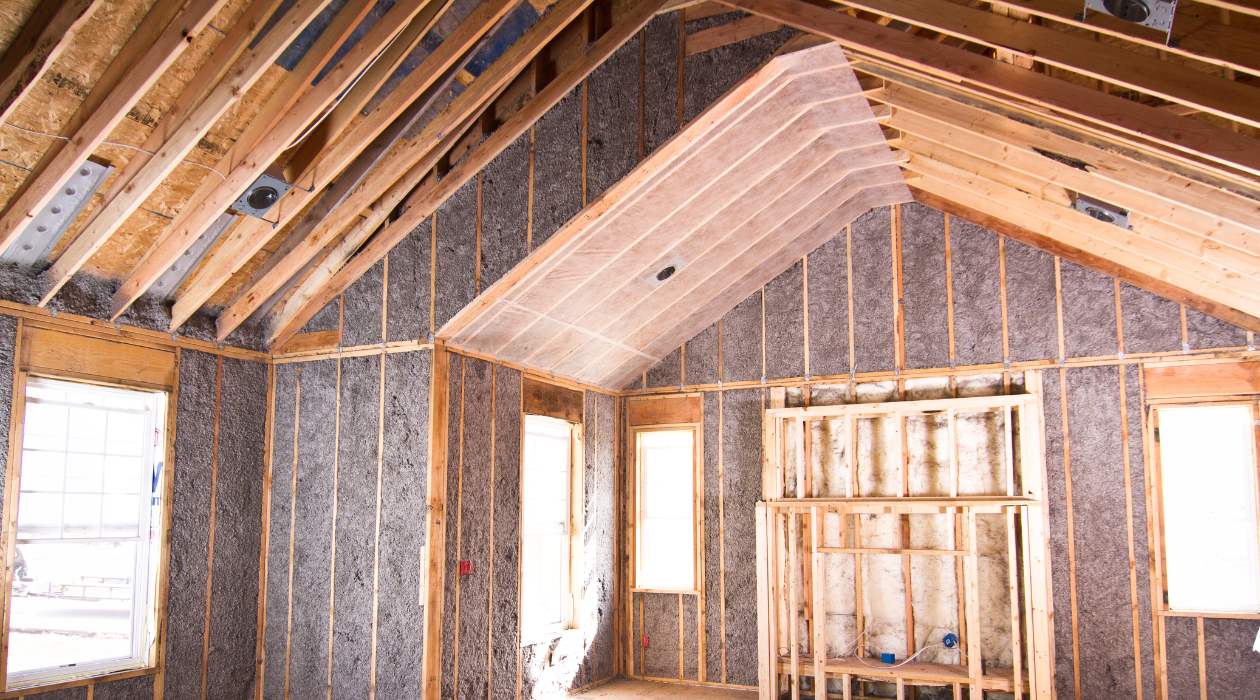
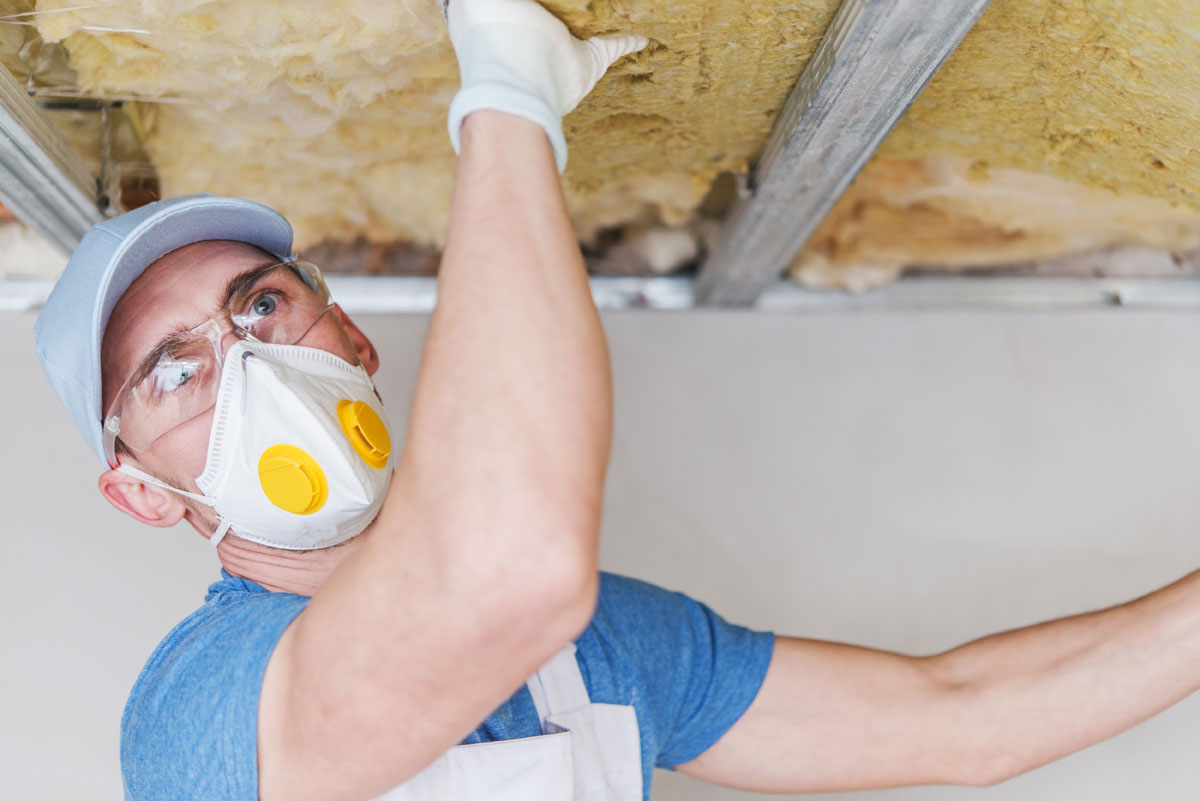
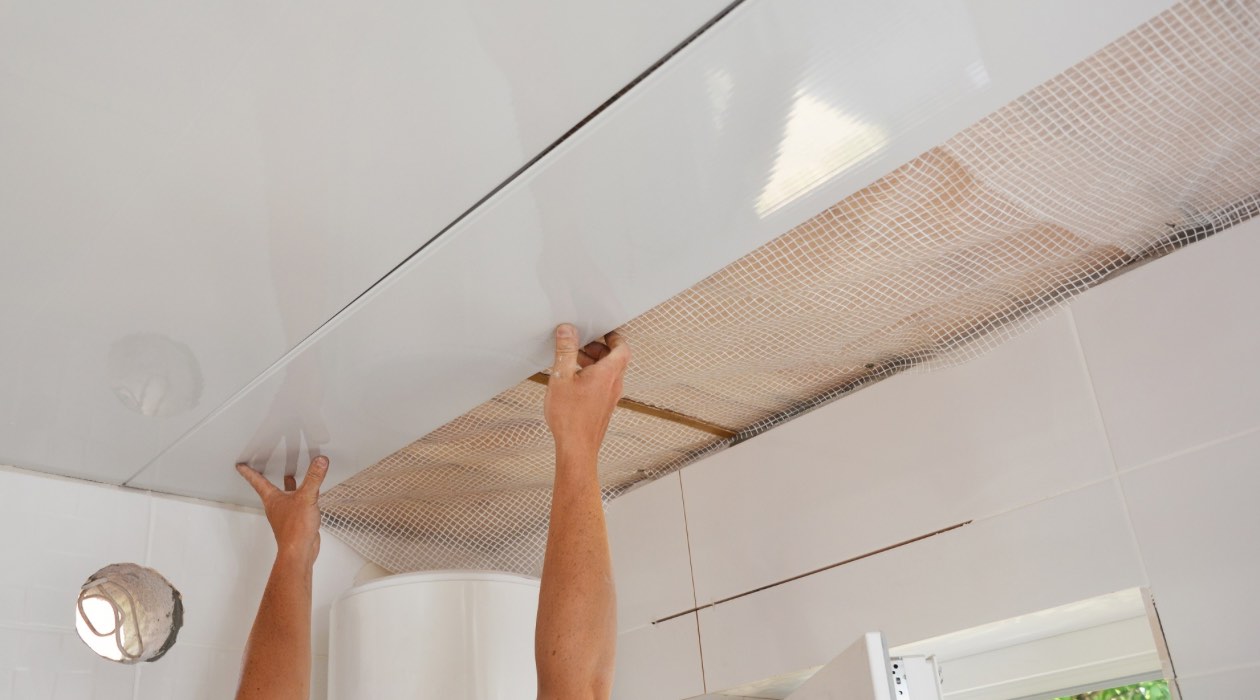
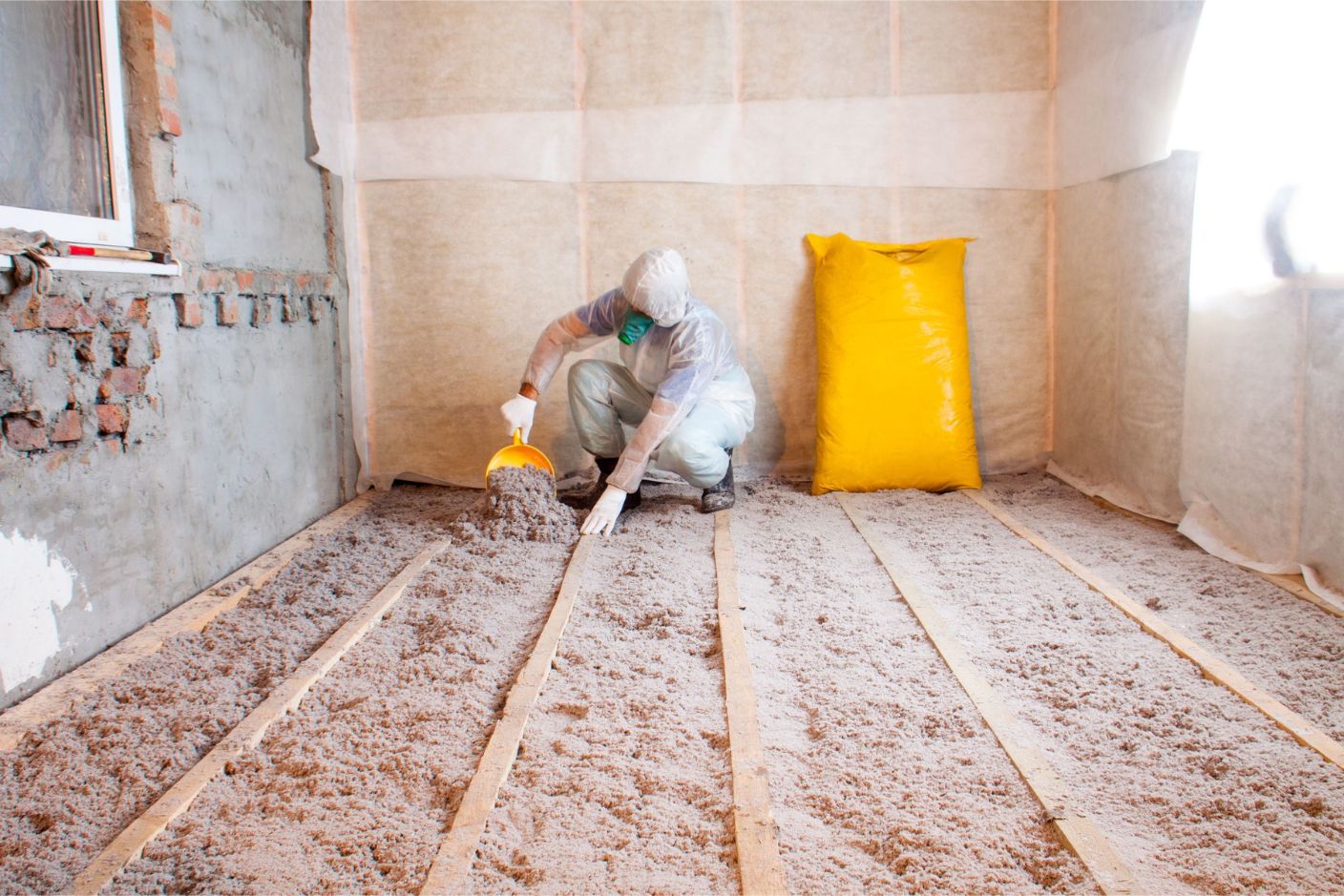

0 thoughts on “What Insulation Is The Best For Ceilings”